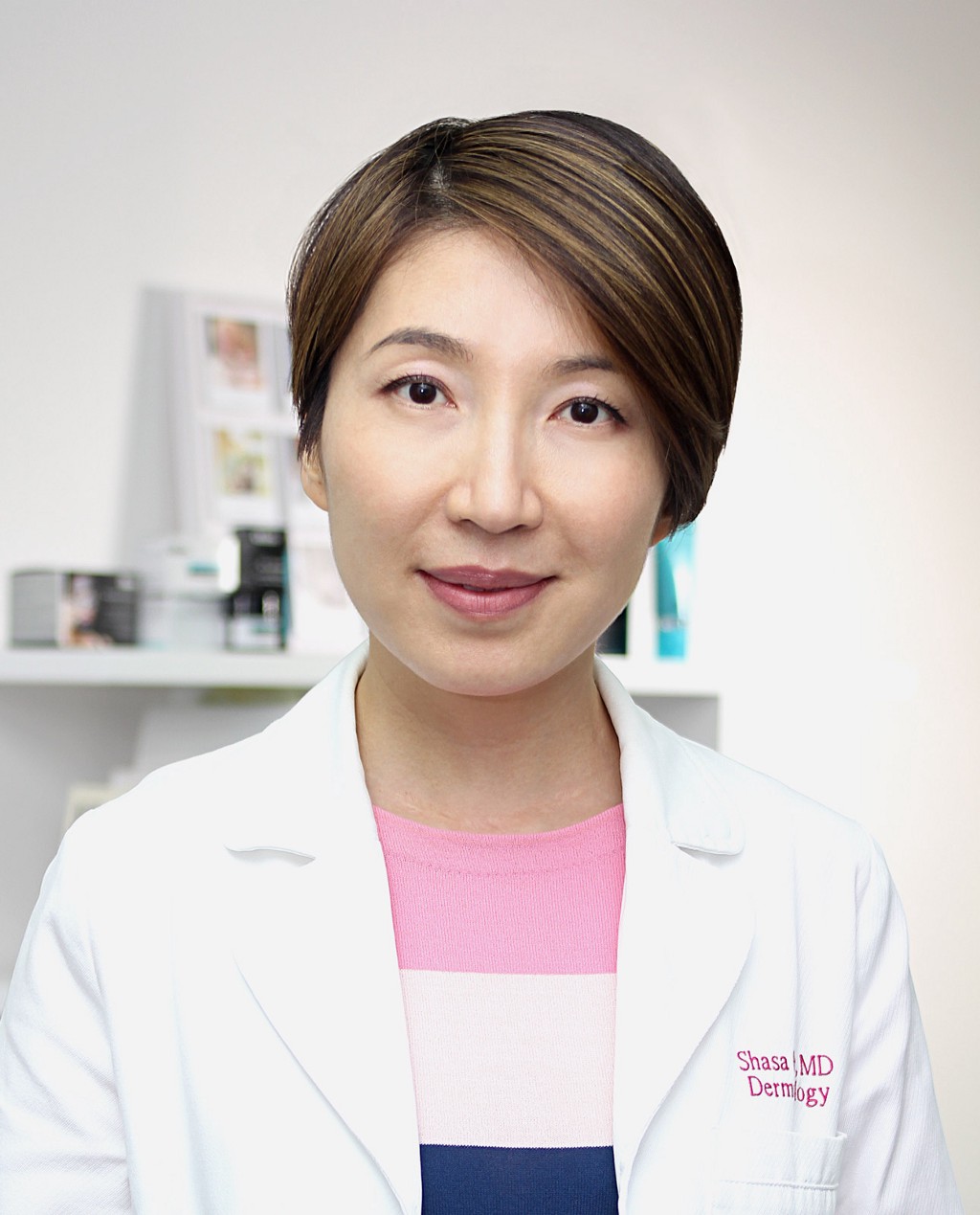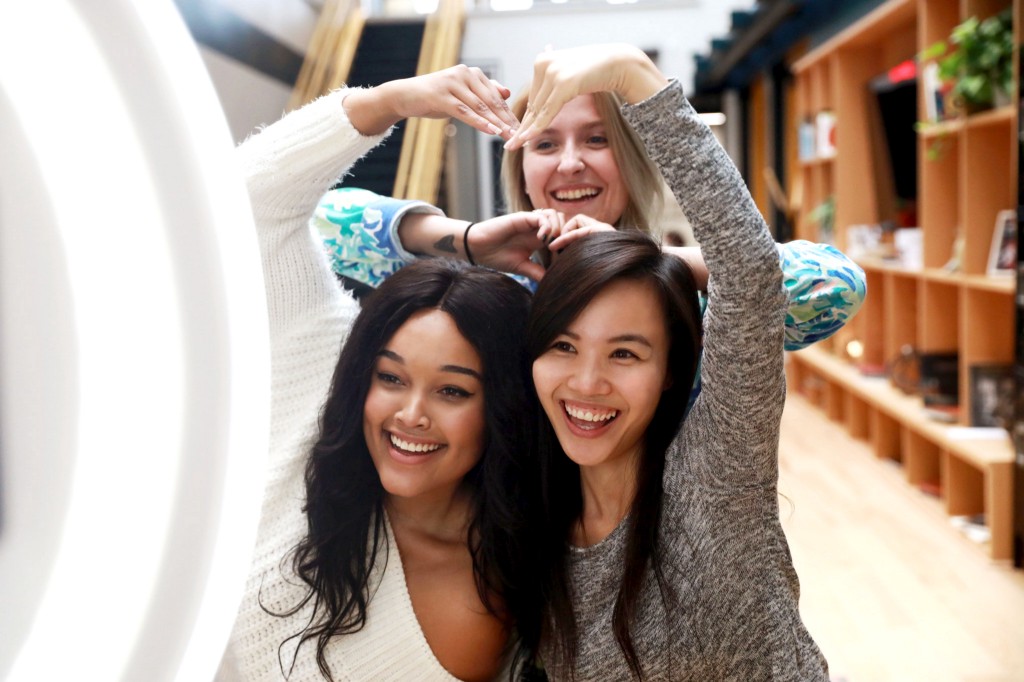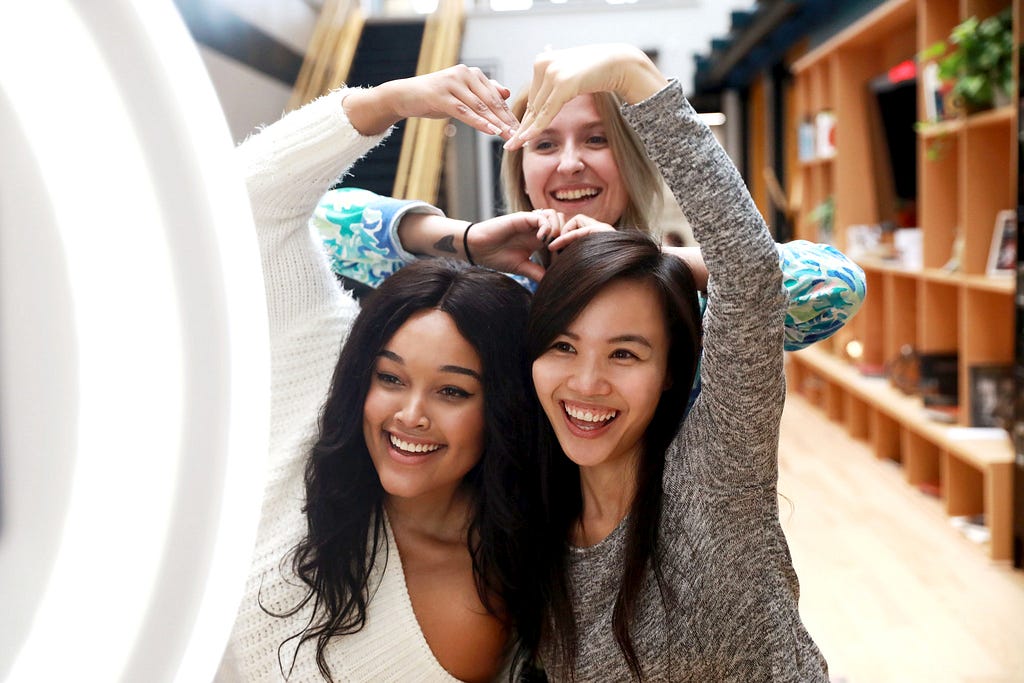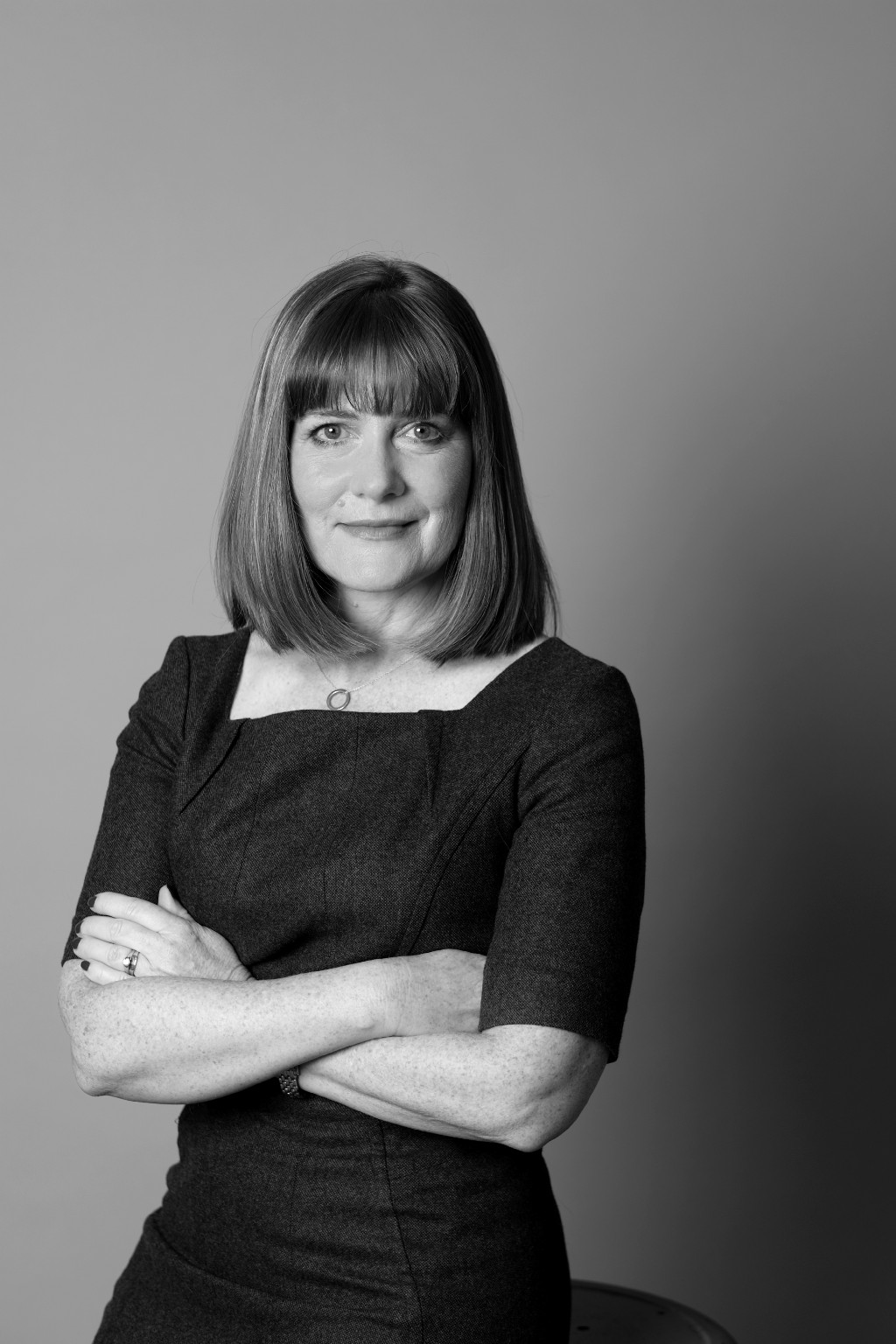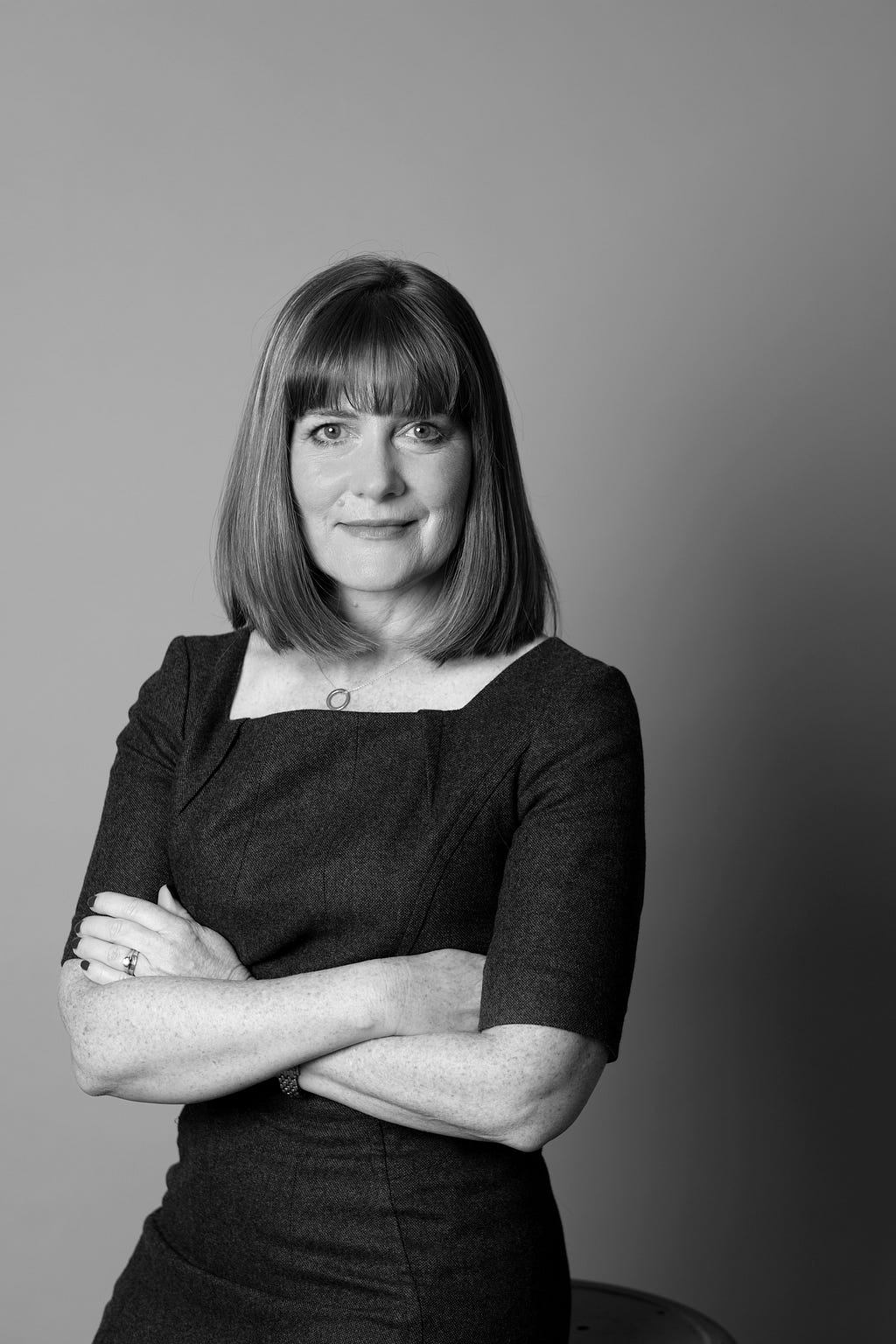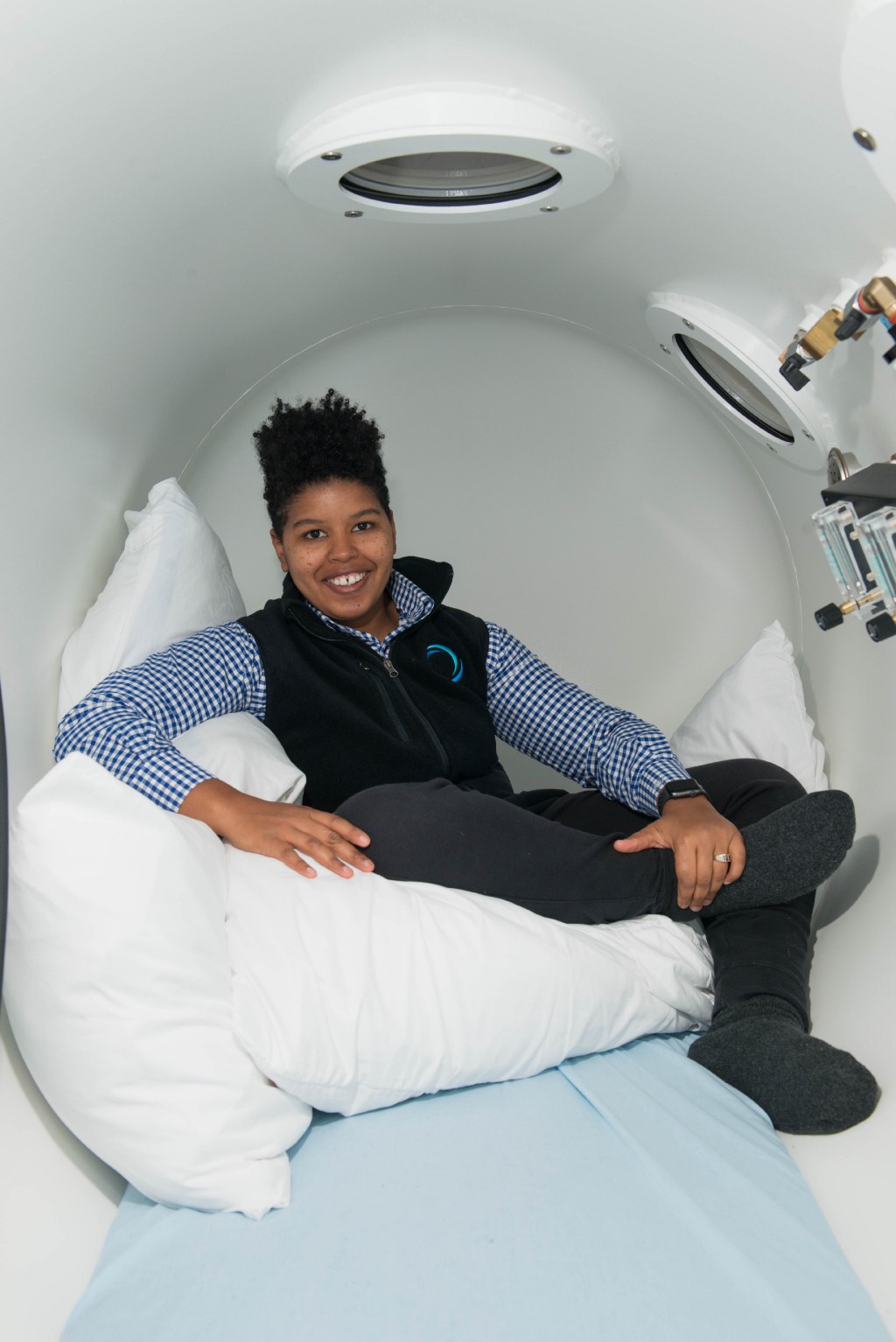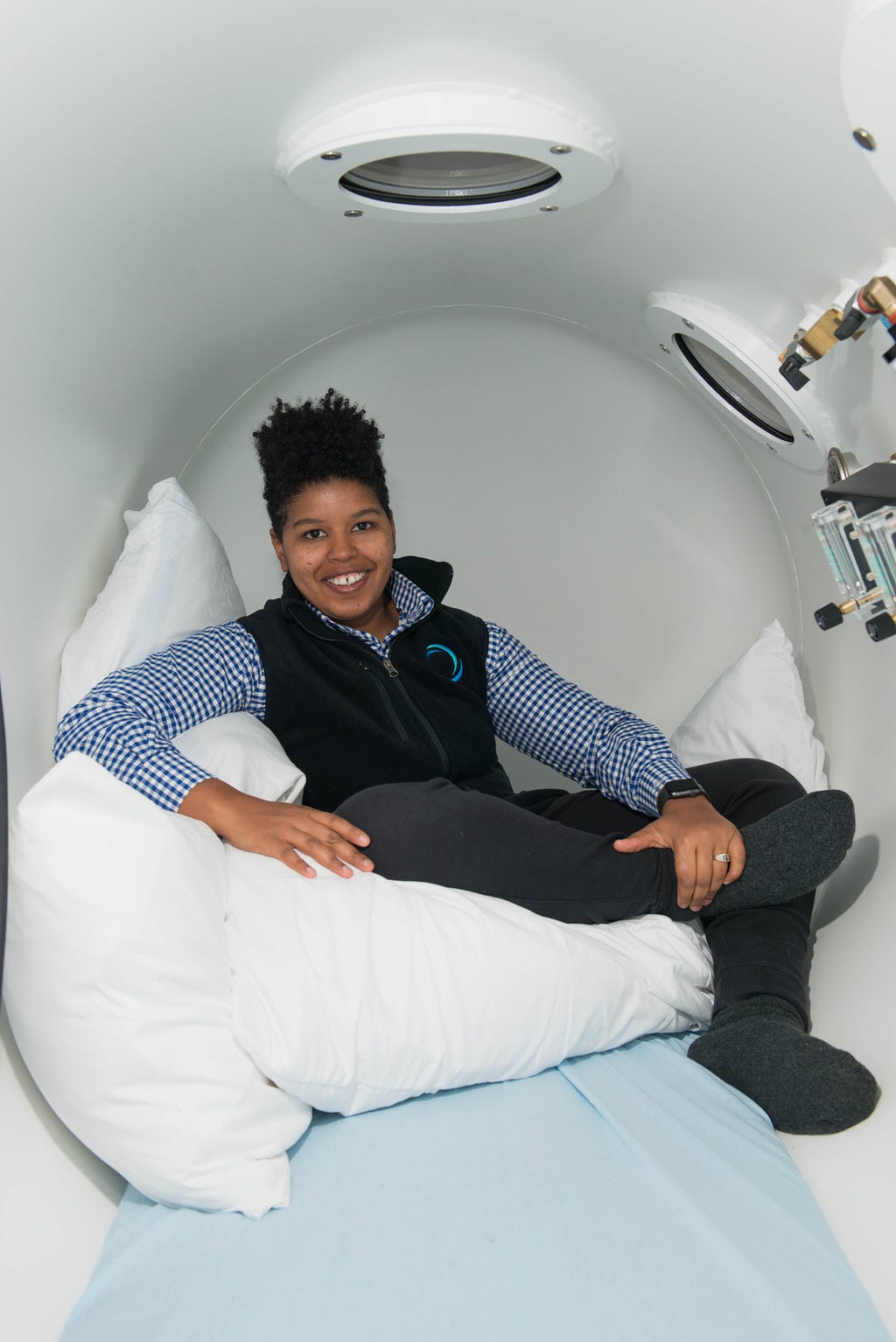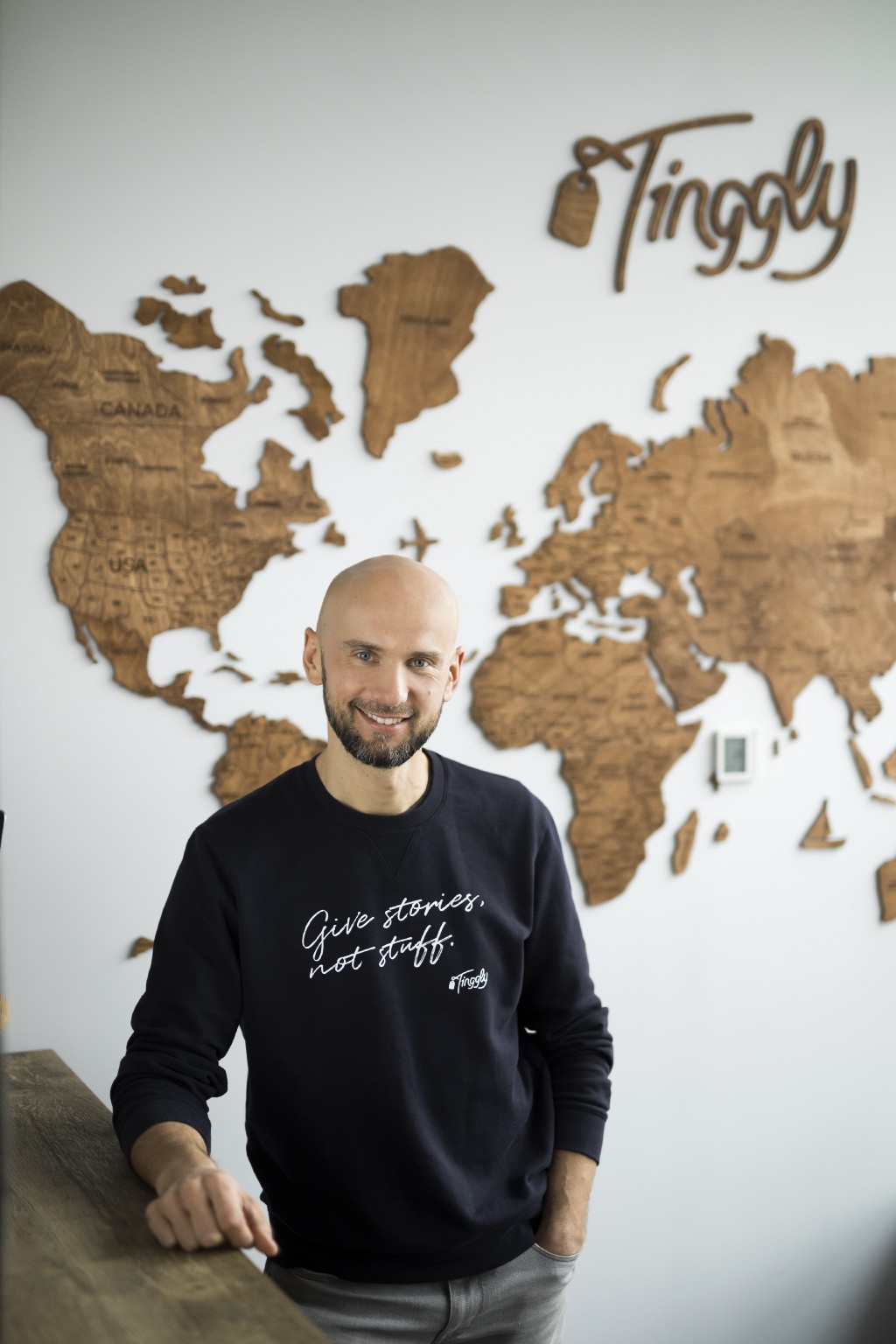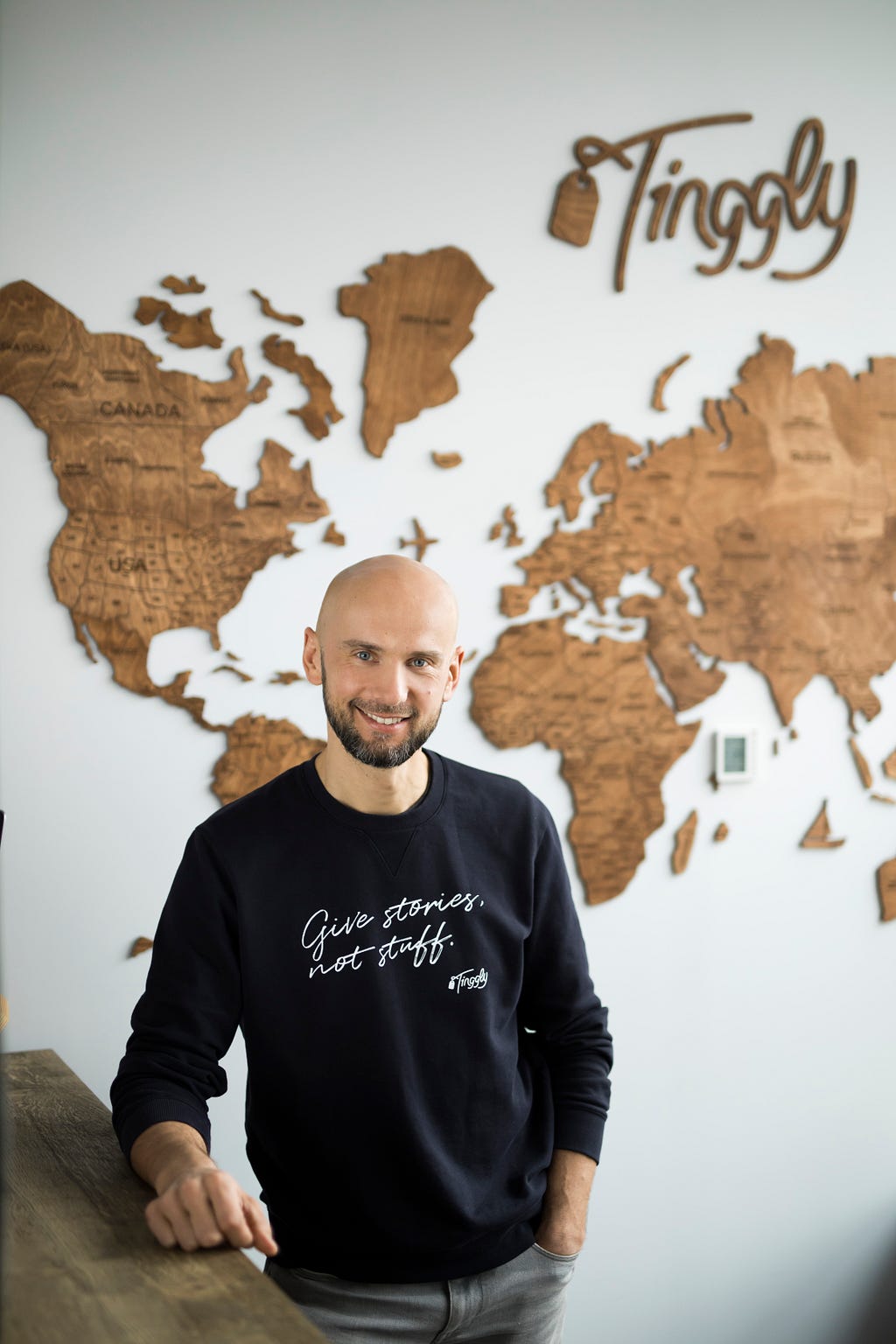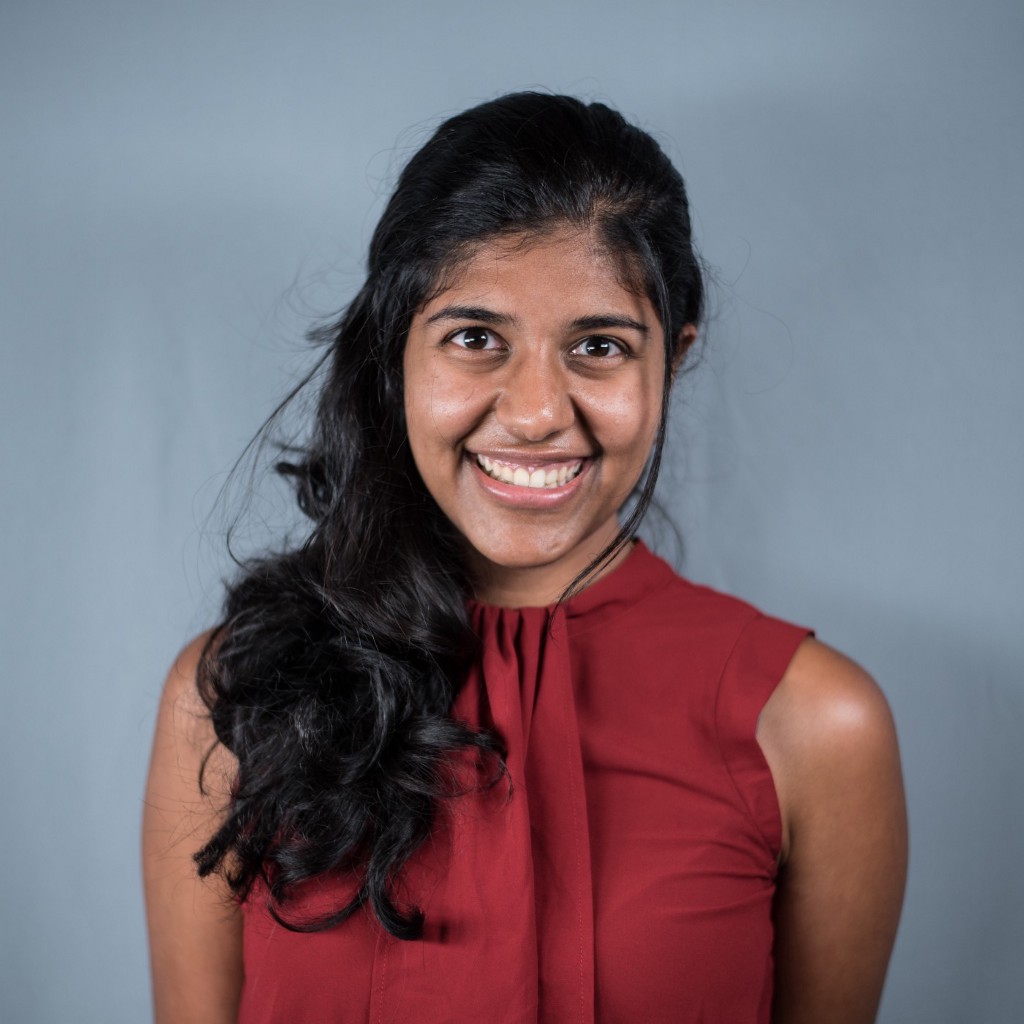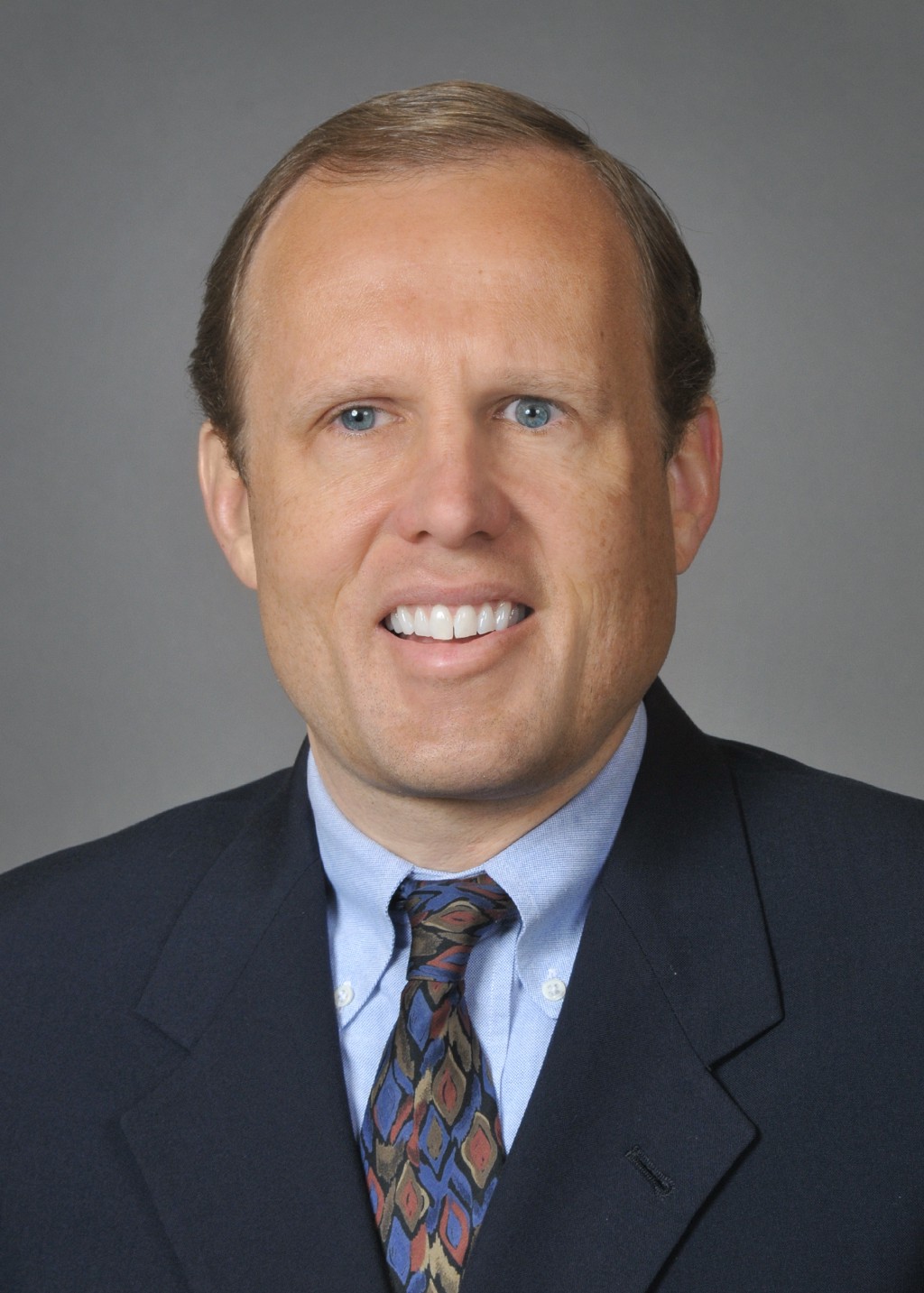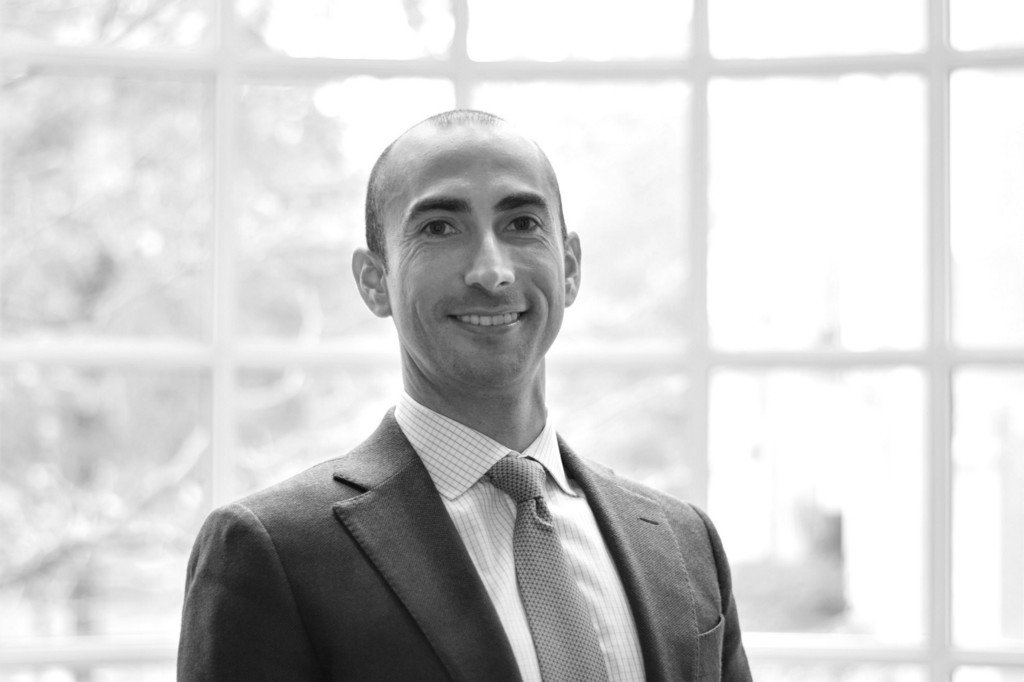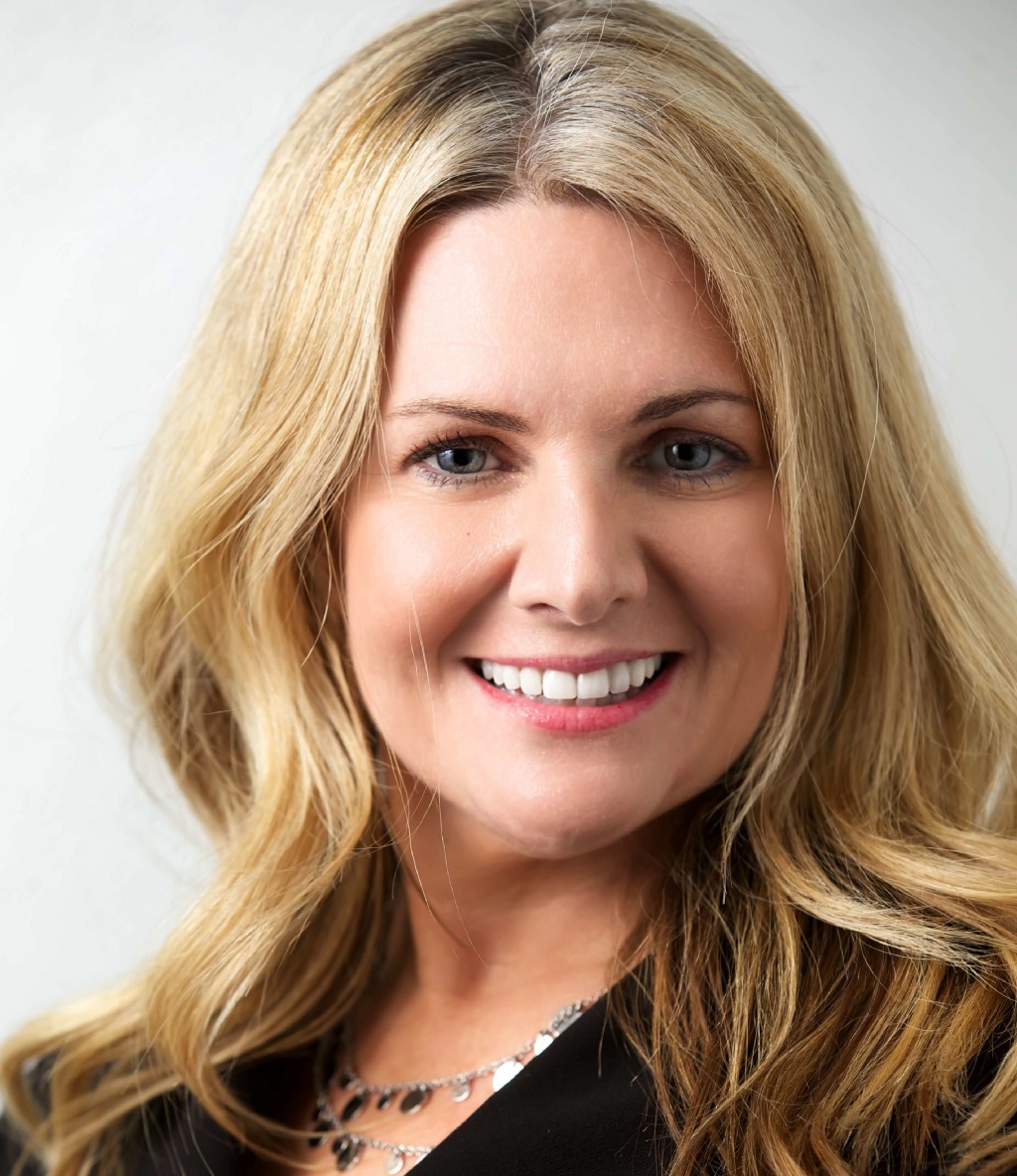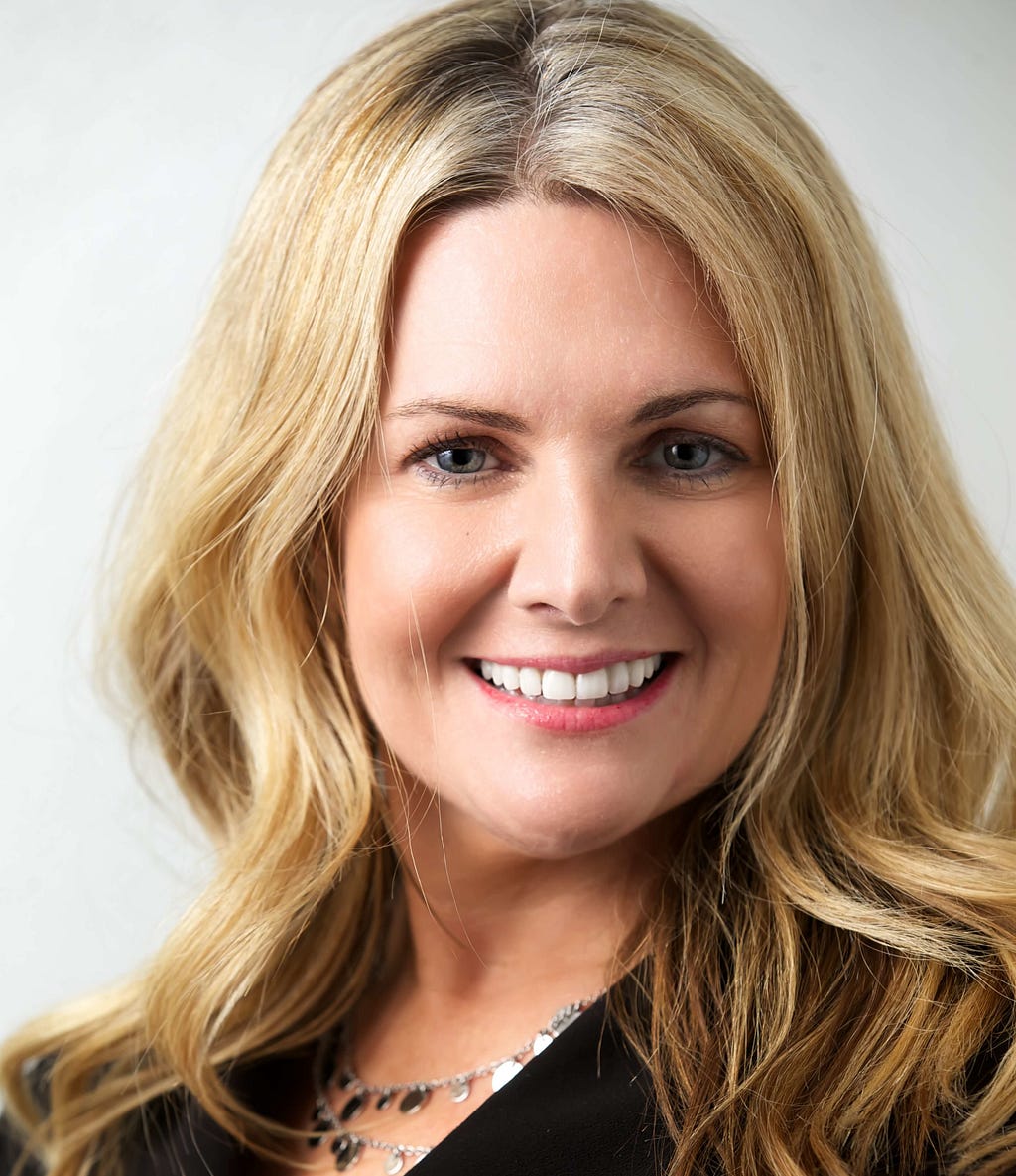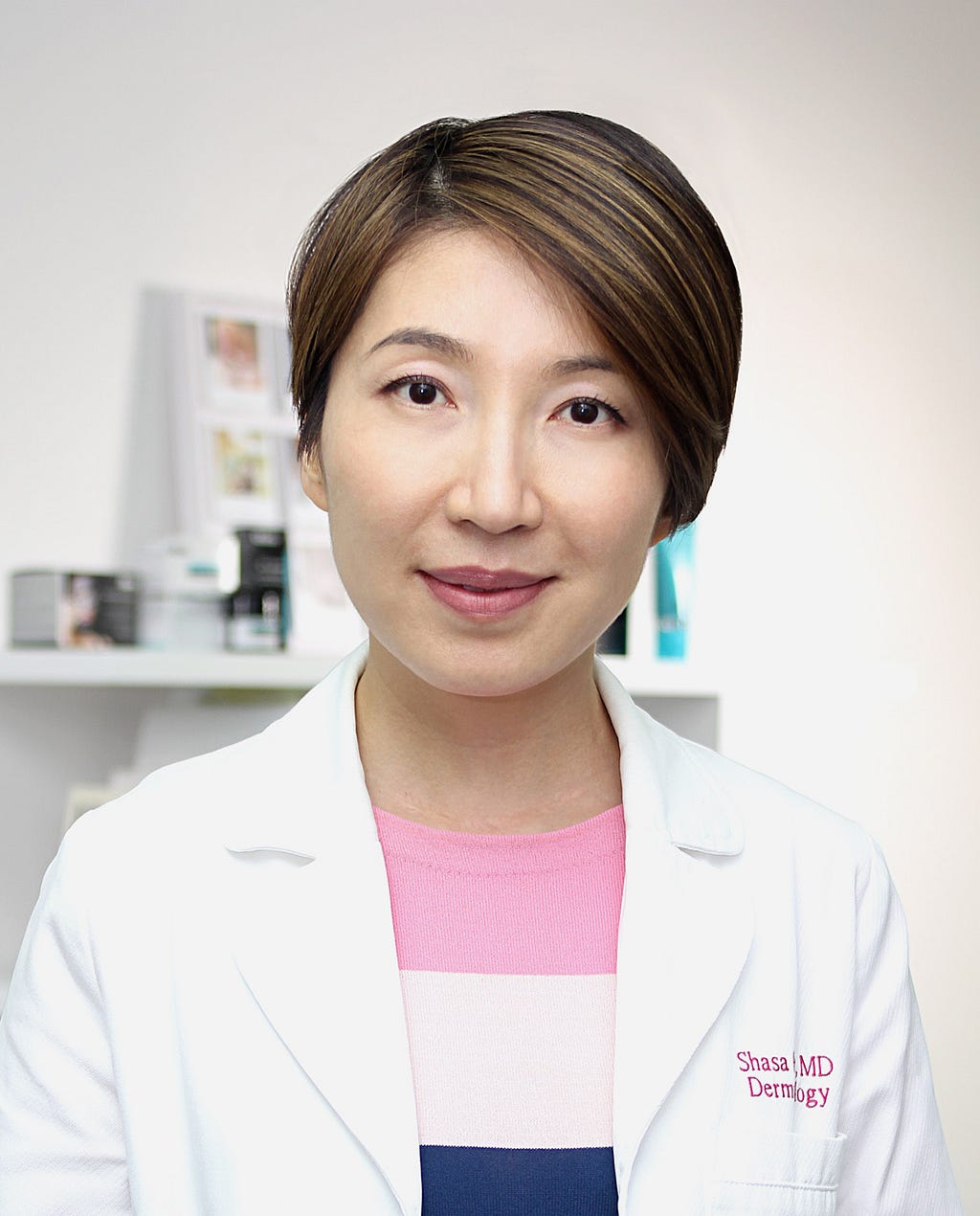
It is extremely important for young consumers to not get “over-influenced” by trends and fads posted by influencers and celebrities. It is actually dangerous to replicate some “DIY” tips on injecting “fillers” to lips or other cosmetic procedures at home. I am also wary about the trend of morphing beauty standards into a single mold. Not everyone should look like the Kardashians. And all skin colors, eye shapes, lips should be celebrated and embraced.
As a part of our series about how technology will be changing the beauty industry over the next five years, I had the pleasure of interviewing Shasa Hu, MD, FAAD.
Shasa is a board-certified dermatologist, full-time Associate Professor of Dermatology and Cutaneous Surgery at the University of Miami Miller School of Medicine. Dr. Hu has a very active clinical practice of general and cosmetic dermatology, where she treats patients with a variety of skin colors and skin/ beauty concerns. Dr. Hu strongly believes that true transformation is achievable for everyone when the knowledge of what’s scientific and authentic in skin health is taught and incorporated into daily living. She also infuses her passion for teaching into her research on early detection of skin cancer and melanoma prevention.
Dr. Hu earned her undergraduate degree at Stanford University and her medical degree with Alpha Omega Alpha award from Washington University School of Medicine. She completed her dermatology residency at the University of Miami/Jackson Memorial Hospital. She has received awards and grants from the American Academy of Dermatology, the American Society of Dermatologic Surgery and the Dermatology Foundation. She has lectured both nationally and internationally on skin cancer and aesthetic advances. When off duty, she loves traveling with her two boys and staying active and mindful of yoga and meditation.
Thank you so much for doing this with us! Before we dive in, our readers would love to learn a bit more about you. Can you tell us a story about what brought you to this specific career path?
I have always been a very visual and tactile person, even since I was a little kid. While in medical school, I loved my rotations in Ob/Gyn, Surgery, Medicine, but it is really my experience in Dermatology that gave me that “aaahaaa” moment, where I just instantly connected with the ability of how dermatologists can diagnosis, treat, and monitor a person’s skin concerns/ diseases with just visual examination. I also love the fact that we can improve and change a person’s outlook on life and emotional wellbeing by improving their skin because the skin is such an emotional aspect of our physical body. Really my path to choose dermatology was “love at first sight”, and it was not just one case or one patient that led me on this path, it was every aspect of dermatology — that we get to see the skin, feel the skin, diagnose conditions, remove skin cancers, heal wounds, clear acne, improve skin quality. Everything about dermatology is fascinating. And dermatology is among the fastest growing fields with new research and discoveries constantly updating our knowledge base and helping us to be better physicians.
Can you share the most interesting story that happened to you since you began your career?
I wouldn’t call this story “most interesting” but it is one of the most memorable stories in my career as a cosmetic dermatologist. One of my patients who had undergone breast cancer treatment was seeing me for just routine skin cancer screenings. After a few years of focusing on skin cancer and skin health, she approached me about getting something to feel “fresher”. After a thorough discussion of options, risks, and expectations, we did a conservative dermal filler treatment to soften her smile lines, rejuvenate her lips and relax her forehead lines. She cried with a happy tear after seeing her transformation. Her words etched in my mind to this day. She said, “I was just focusing on surviving, now I can feel good living again” when she felt so much more confident with her fresher look. That was a very powerful moment for me as I realized how transforming other’s physical appearance can have such a positive impact on their emotional well-being.
Are you able to identify a “tipping point” in your career when you started to see success? Did you start doing anything different? Are there takeaways or lessons that others can learn from that?
I would say sharing my “before and after” photos of cosmetic procedures and sharing tips on skincare through my professional account was really the catalyst for me to get to where I am today. I definitely noticed a significant increase in my cosmetic practice with patients requesting to see me because they had seen my posts or their friends have shared with them my posts. And that was 4 years ago. I do think it is becoming harder to engage an audience on social media because the platform is now inundated with fake accounts and accounts with false or misleading information. Still though, as a board-certified dermatologist, we do have a social responsibility to speak up and educate the public on the right way to take care of our skin, the safety aspects of various cosmetic procedures and the myths/ false information out there. Collectively as a group we need to continue to engage our patients, the pubic and our professional colleagues to elevate the field and improve outcome.
None of us are able to achieve success without some help along the way. Is there a particular person to whom you are grateful who helped get you to where you are? Can you share a story about that?
I have many mentors/ colleagues who have supported and mentored me one way or another. Some have given me guidance on a specific issue or during a specific time frame, others have mentored me formally as a career or life mentor. I would say Dr. Robert Kirsner, the chairman of our Department of Dermatology, has been one of the most instrumental mentors in my life so far. He has always encouraged me to think outside of the box, and not get discouraged by roadblocks or closed doors. When I first met him, I was a fourth-year medical student trying to match in dermatology residency after not getting in the first time. We were walking down the hallway of the VA Medical Center, and he said to me “persistence pays off, if you don’t match into dermatology the first time, then try again, and keep trying.” He then shared the story of how he didn’t match the first round. Listening to this successful, widely respected dermatology professor talking about his own failure and giving me encouragement really inspired me to keep going. To this day, I still remember that hallway conversation.
Ok super. Let’s now shift to the main part of our discussion. The beauty industry today has access to technology that was inconceivable only a short time ago. Can you tell us about the “cutting edge” (pardon the pun) technologies that you are working with or introducing? How do you think that will help people?
With my co-founder, Dr. Janelle Vega, we created an online platform www.bialife.com, where anyone, from anywhere, can reach us to get personalized skincare routine curated with medical-grade skincare products. BIALife was inspired by our years of experience as dermatologists and beauty consumers ourselves. After years of working in dermatology and participating in the social media space, we saw a lot of confusion from patients and followers when it came to skincare — they had anxiety from seeing a flood of product offerings and didn’t know how to properly use a given product or even whether they could trust that product. And oftentimes, in-office dermatology visits focus more on medical aspects of dermatology, and the time constraints of office visits make it difficult to carry out a thorough skincare assessment.
We wanted to help people sort through the noise, avoid the hassle of making office visits and make proper skincare approachable and meaningful. But there was no online platform available to us to take a person’s budget, age, location, specific issues (pregnancy, for example) into consideration, or to evaluate their bare skin…so we created one!
In a broader sense, we wanted to make a positive impact on our clients and the skincare community by fundamentally shifting the focus from trying to make clients’ skin look “perfect” to help them create healthy skin. We know that biologically healthier skin is more functional and will, therefore, look better!
In addition, we wanted to help people create a mindful space around their skincare and make it a ritual to reconnect with themselves and with their skin. We believe that this mind-body-skin connection is vital in creating healthier skin and a healthier, happier person who is fostering self-love through this act of self-care.
A lot of feedback that we have gotten from our current members really validated our purpose of using online technology to transform and improve skincare. Our members love how with just a few clicks, they answer questions, submit selfies, and are able to communicate with us virtually on what the best products fit their skin needs. We also monitor their progress through the portal. A lot of feedback that we have received are how BIAlife has simplified their life, improved their skin with lower cost, and helped them feel better about their skin.
Keeping “Black Mirror” and the “Law of Unintended Consequences” in mind, can you see any potential drawbacks about this technology that people should think more deeply about?
As with any beauty technology, there may be an inherent concern of focusing on the superficiality of skin/ beauty. However we are biased about BIA Life in that we actually think through our philosophy of embracing “Beauty in All”, by educating consumers that pores are normal, blemishes are not diseases and that our skin naturally fluctuates with our environment and lifestyle, we hope to promote realistic beauty and self-acceptance in our members. Our goal is to change the “selfie” culture and refocus on how good we feel in our own skin.
Can you share 3 things that most excite you about the “beauty-tech” industry?
The beauty space is constantly shifting reflecting changes in consumer demographics, preferences, technology and innovation. I would say that I’m most excited about the improved accessibility of skincare with the latest innovations. Better products with effective ingredients are being put on the market. Ultimately beauty/ skincare should be affordable, targeted and tailored to one person’s budget, lifestyle and skin type. “Designer” peptide and growth factors are also gaining traction as more data are supporting the safety and effectiveness of these ingredients in topical skin care products. Lastly I am also very excited about the integrated dermatology / skin and beauty aspects of the “beauty-tech” industry — more and more research findings are supporting the link between gut health and skin health, and how our skin can be “thermometer” for internal health. It would be a reality soon where consumers can use digital monitors to get their skin scanned and a fully personalized nutrition/ beauty guide will be made based on scanning results.
Can you share 3 things that most concern you about the industry? If you had the ability to implement 3 ways to reform or improve the industry, what would you suggest?
It is extremely important for young consumers to not get “over-influenced” by trends and fads posted by influencers and celebrities. It is actually dangerous to replicate some “DIY” tips on injecting “fillers” to lips or other cosmetic procedures at home. I am also wary about the trend of morphing beauty standards into a single mold. Not everyone should look like the Kardashians. And all skin colors, eye shapes, lips should be celebrated and embraced. Lastly the hyper-focus on instant gratification is also dangerous and unrealistic. Our skin naturally takes at least 4–6 weeks to change one cycle, and it takes even longer for our skin to equilibrate with our inner health/ hormonal/ nutritional status, therefore, patience and realistic expectations are very important.
I think ideally there should be stricter quality control shared on mass media platforms, however that is very difficult to implement, and it may even negatively impact the fluidity and the accessibility of beauty-tech through social media. There are also very few regulatory bodies to validate and call out false labeling/ advertising. Many adverse reactions or wasted money are results of misleading labeling or using products with bad or adulterated ingredients. Lastly the beauty industry has a responsibility to maintain the environment and protect the future of the earth. I would love to see more sustainability and responsible production/packaging/recycling of beauty products.
You are an expert about beauty. Can you share 5 ideas that anyone can use “to feel beautiful”? (Please share a story or example for each.)
- Throw away the magnifying mirror. We all have pores, facial hair, and spots on our faces. No one has flawless, glass-like skin in real life. Do not let how your pores look under a magnifying lens affect how you feel in your skin.
- Take a few minutes to appreciate yourself. For example, say an affirmation mantra daily for a couple minutes a day, especially when you’re on the go, will help you to recenter your perceptive. I like to say “I am grateful for my skin, my health, and my ability to heal.”
- When you’re in a rut, turn off all electronics or put on “Do Not Disturb” mode, take a bath, put on a face mask, and light a candle. Taking a few minutes for yourself can help you to lower your cortisol level, and that is really good for your skin!
- Do something nice or kind for other people. A lot of times, our self-worth/ how we feel about ourselves reflect the way we impact others. This is why we feel good and “beautiful” when we act kindly to others.
- Lastly, eat something healthy. I am sure a lot of us can relate — when we eat a healthy meal, we feel good afterwards, and when we binge on chips or ice cream we are often left with guilt and that gross feeling, this is why eating a healthy meal and treating our body with respect can help us to “feel beautiful”.
You are a person of great influence. If you could inspire a movement that would bring the most amount of good to the most amount of people, what would that be? You never know what your idea can trigger. 🙂
Thank you! Honestly, I really hope our message of “Beauty In All” can become a movement — find beauty in all, embrace our own beauty, and accept unique beauty.
Can you please give us your favorite “Life Lesson Quote”? Can you share how that was relevant to you in your life?
“Be thankful for closed doors” — a lot of times we get frustrated by not getting what we wanted or expected, and usually those are times when our lives take a turn, and our paths change direction, for the better!!! Closed doors just mean that the universe has other plans for you, and guess what maybe you avoided disasters or other heartbreaks by getting rejected or turned away. Instead of always having expectations of how things should be, embrace the dynamic nature of life. As long as we stay true to our dreams and passion and be kind, we will be fine.
How can our readers follow you online?
Please follow @drshasahu and @mybialife
Thank you so much for joining us. This was very inspirational.
The Future Of Beauty: “Personalized skincare routines” With Dr. Shasa Hu was originally published in Authority Magazine on Medium, where people are continuing the conversation by highlighting and responding to this story.


